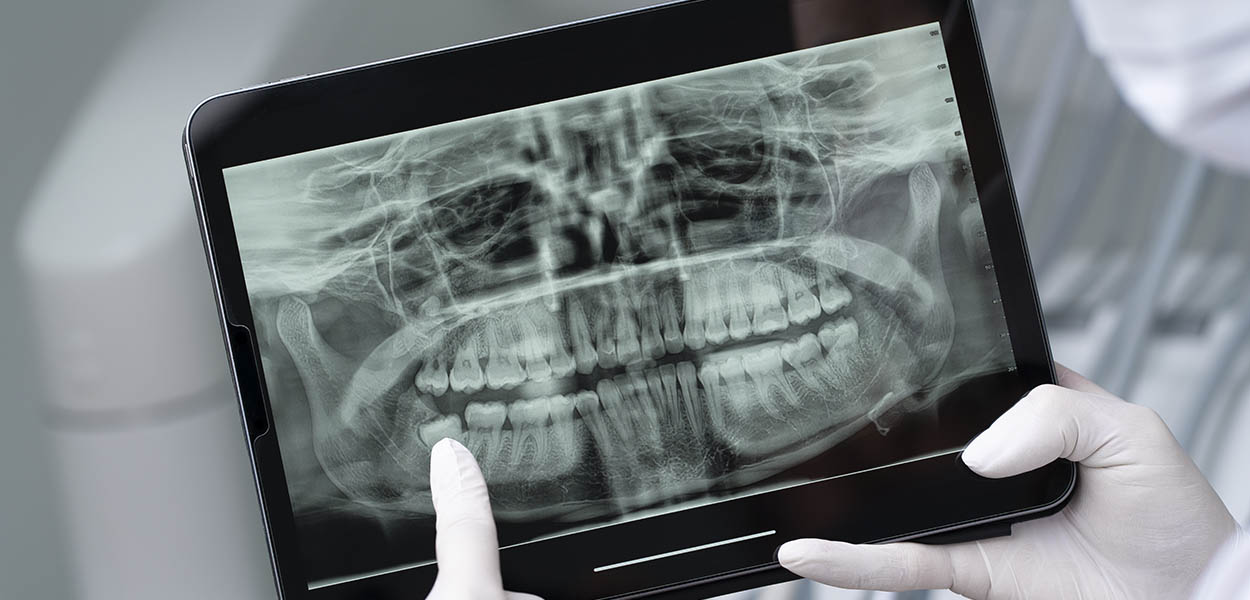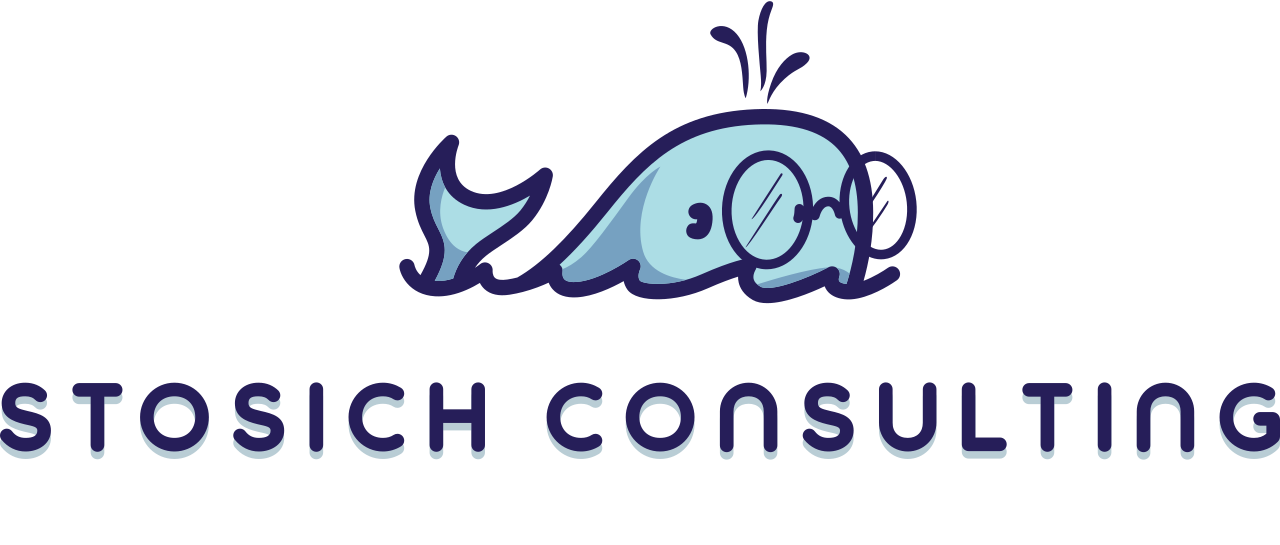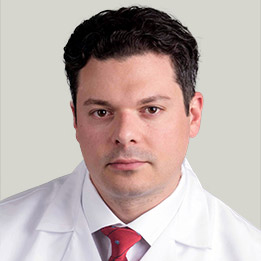A Flawed Study and the Truth About Modern X-ray Technology

GRAYSLAKE, ILLINOIS – The topic of radiation exposure has become a popular one in light of a recent news segment on NBC’s Today show.
Radiation from X-rays is something that has been dealt with in the medical field since the technology’s inception, and thanks to technological advancements with digital radiography, patients today are exposed to lower radiation levels than ever.
Viewers who saw NBC News Chief Medical Editor Dr. Nancy Snyderman’s segment recently about frequent dental X-rays being linked to tumors may be inclined to believe otherwise. But since the segment aired, the American Dental Association and numerous orthodontic professionals have publicly disputed the study cited in the news segment.
The primary author of the article was Dr. Elizabeth Claus, a faculty member in the Department of Epidemiology and Public Health at Yale University School of Medicine. The study states that “ionizing radiation is a consistently identified and potentially modifiable risk factor for meningioma, which is the most frequently reported primary brain tumor in the United States.” It goes on to suggest that because dental X-rays are the most common form of ionizing radiation, a cause/effect relationship exists.
The ADA released a statement April 10 that referred to recall bias- a systematic error due to differences in accuracy or completeness of recall to memory of past events or experiences- and said it rendered the results of the study- published in the American Cancer Society’s journal titled “Cancer-” unreliable.
Many of the people involved in the study reported on X-rays they received prior to the existence of digital radiography, which delivered far higher radiation doses than today’s digital X-rays.
This also was a self-reported study that did not include examination of any participants’ dental records. There are several other factors that cast a doubtful light on the study:
- No correlation was made between CT studies and meningiomas.
- There was a statistically significant increased risk of meningioma for patients who reported having bitewing radiographs, yet no statistically significant increase for patients with full-mouth films.
- Limitations of this study include the possibility that patients under-reported or over-reported the number of dental X-rays.
Benefits of X-rays
In addition to considering that the study possesses serious flaws, it’s also important to understand the vast benefits derived from the use of X-ray technology in orthodontic treatment today by far outweighs the associated risks, says Dr. Michael Stosich, a Grayslake invisalign provider.
“This is a necessary, helpful tool to use in determining a treatment plan for patients who need braces,”, Dr. Stosich, a Grayslake orthodontist says.
Here at our practice, we use a 3-D imaging system in conjunction with SureSmile, which combines this type of diagnostic imaging with computerized treatment plan modeling and robotic archwire customization. This system makes it possible for Dr. Stosich to pro-actively plan tooth movement on digital models and then develop customized archwires for exact and efficient treatment.
“It’s also important to note that the 3-D imaging enables me to see things that simply can’t be seen by the naked eye or even traditional X-rays,” says Dr. Stosich, who also provides affordable braces and Invisalign treatment. “I personally have been able to locate impacted canines with precision due to 3-D imaging. It takes the guess work out.”
3-D radiography provides lower radiation exposure while also improving workflow because the images can be viewed immediately. Gone is the need to develop X-rays.
This leads to quicker diagnosis, and because they are stored electronically, they are available to be sent immediately to outside specialists, such as endodontists, oral surgeons and other dental specialists.
© 2012 Stosich Consulting. Authorization to post is granted, with the stipulation that Stosich Consulting is credited as sole source. Linking to other sites from this document is strictly prohibited, with the exception of herein embedded links.


